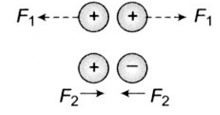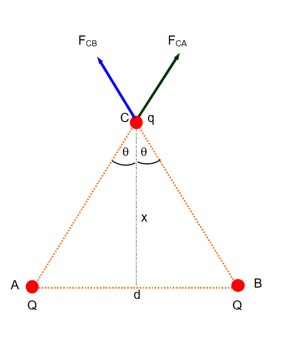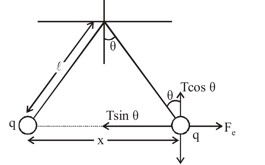Coulomb’s Law
Get insights from 6 questions on Coulomb’s Law, answered by students, alumni, and experts. You may also ask and answer any question you like about Coulomb’s Law
Follow Ask QuestionQuestions
Discussions
Active Users
Followers
New answer posted
a week agoContributor-Level 10
The medium is affects force. We know this from the constant, k, in Coulomb's Law, that depends on the medium. If you place a charge in an insulator or dielectric medium, like water, the force between them will decrease. This decrease can be taken into account by the medium's permittivity.
New answer posted
a week agoContributor-Level 10
The polarity of the charges that are interacting help us understand the direction. Like charges, whether it's both positive or negative, will always repel. Unlike charges, when one is positive and the other is negative, will always attract each other. The force acts along the line connecting the two charges.
New answer posted
a week agoContributor-Level 10
The main condition would be that the point charges have to be at rest or be in a stationary position, for Coulomb's Law to work. The thing is, if the charge particles move, we have to consider the impact of magnetic forces then.
New answer posted
4 weeks agoContributor-Level 9
In Case I when both are positively charged, due to induction positive charge moves outwards on spheres, increasing effective distance between centres of charge causing magnitude of the force to decrease.
Taking an Exam? Selecting a College?
Get authentic answers from experts, students and alumni that you won't find anywhere else
Sign Up on ShikshaOn Shiksha, get access to
- 65k Colleges
- 1.2k Exams
- 687k Reviews
- 1800k Answers



